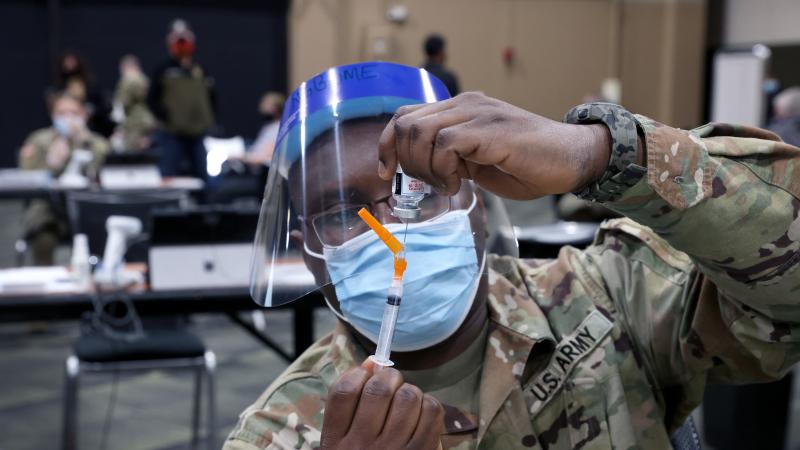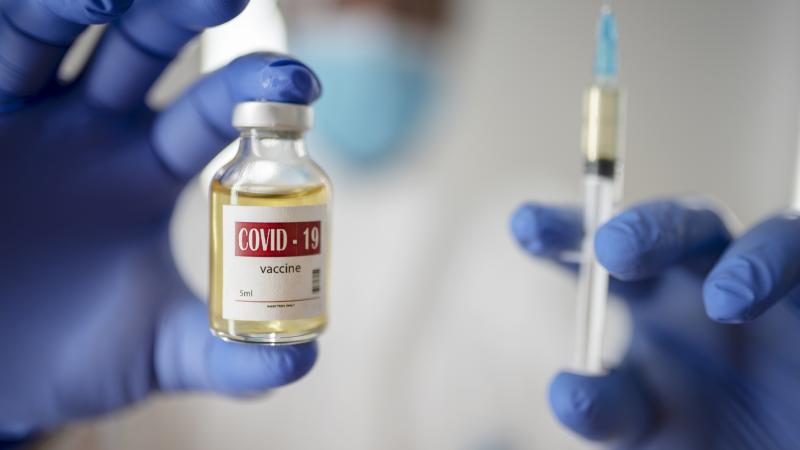'Honey, the cat has coronavirus.' What to do.
CDC gives latest insights on transmission of COVID-19 between humans and their pets.
When it comes to coronavirus, one of the many subjects under the category of “unknown” is how the virus moves between animals and people.
On April 22, the government announced two cases of COVID-19 in pet cats in different households, both in New York state.
Besides the pet cats, at least eight zoo animals have gotten COVID-19. Three lions and five tigers at New York’s Bronx Zoo have tested positive for coronavirus. There’s no way to know how they got it, especially since most people who get coronavirus have few or no symptoms. But one theory is that the animals caught it from an infected zookeeper.
Dr. Anthony Fauci of the White House coronavirus task force said this week, “There's no evidence that the virus is transmitted from the pet to a human.” In other words, when it comes to pets, Fauci says it’s possible the virus only works one way: people can give it to pets and zoo animals, but pets cannot transmit it to humans.
The Center for Disease Control (CDC) adds: "There is no evidence that pets play a role in spreading the virus in the United States. Therefore, there is no justification in taking measures against companion animals that may compromise their welfare.”
That said, absence of evidence is not proof of anything. “Is it impossible biologically [for pet to transmit coronavirus to humans]? No. Anything is possible,” Fauci said.
To sort through some of the confusion, here is the latest information, according to government and scientific authorities.
1. COVID-19 started in bats and moved to people.
According to CDC: COVID-19, also known as SARS-CoV-2, is one in a large family of coronaviruses common in people and many species of animals, including camels, cattle, cats, and bats. COVID-19, MERS-CoV, and SARS-CoV all came from bats.
2. Pets outside the U.S. have gotten coronavirus.
Prior to news about the zoo animals and pet cats in New York, CDC said it was “aware of a very small number of pets outside the United States, including cats, reported to be infected with the virus that causes COVID-19 after close contact with people with COVID-19.” However, a study out of China published April 1 found the numbers was not insignificant: 15% of the cat population in Wuhan, China had been infected with COVID-19.
3. Pets can carry certain bacteria and fungi on their fur and hair.
Although there is “no evidence” that COVID-19 can spread to people from the skin, fur, or hair of pets, CDC says it’s always a good idea to wash your hands after interacting with pets.
4. Sick people should isolate from humans and pets.
Due to the unknowns, CDC recommends anyone sick with COVID-19 stay away from both humans and pets alike. Also, the ill person should avoid contact with his pet’s bedding and be sure to temporarily halt petting and physical contact with the animal. If a sick person must care for a pet, the human should “wear a cloth face covering and wash…hands before and after” contact.
5. Most pets do not need to be tested.
CDC says animals are only being tested in “very rare circumstances,” and routine testing is not recommended at this time. Consult your veterinarian if you have questions.
6. Take precautions just in case.
Until we know more, CDC recommends: keeping pets from interacting with people and animals outside the household; keeping cats indoors as much as possible; keeping dogs on a leash when outside, at least 6 feet from other people and animals; avoiding dog parks and other public places where people and dogs gather.
To summarize, public health officials say COVID-19 came from animals, got into humans, and that humans are sometimes passing it to pets and zoo animals. As to whether our pets can transmit the virus back to other humans— the scientific jury is out.
The government is posting news about animals found to be ill with coronavirus at this link.















